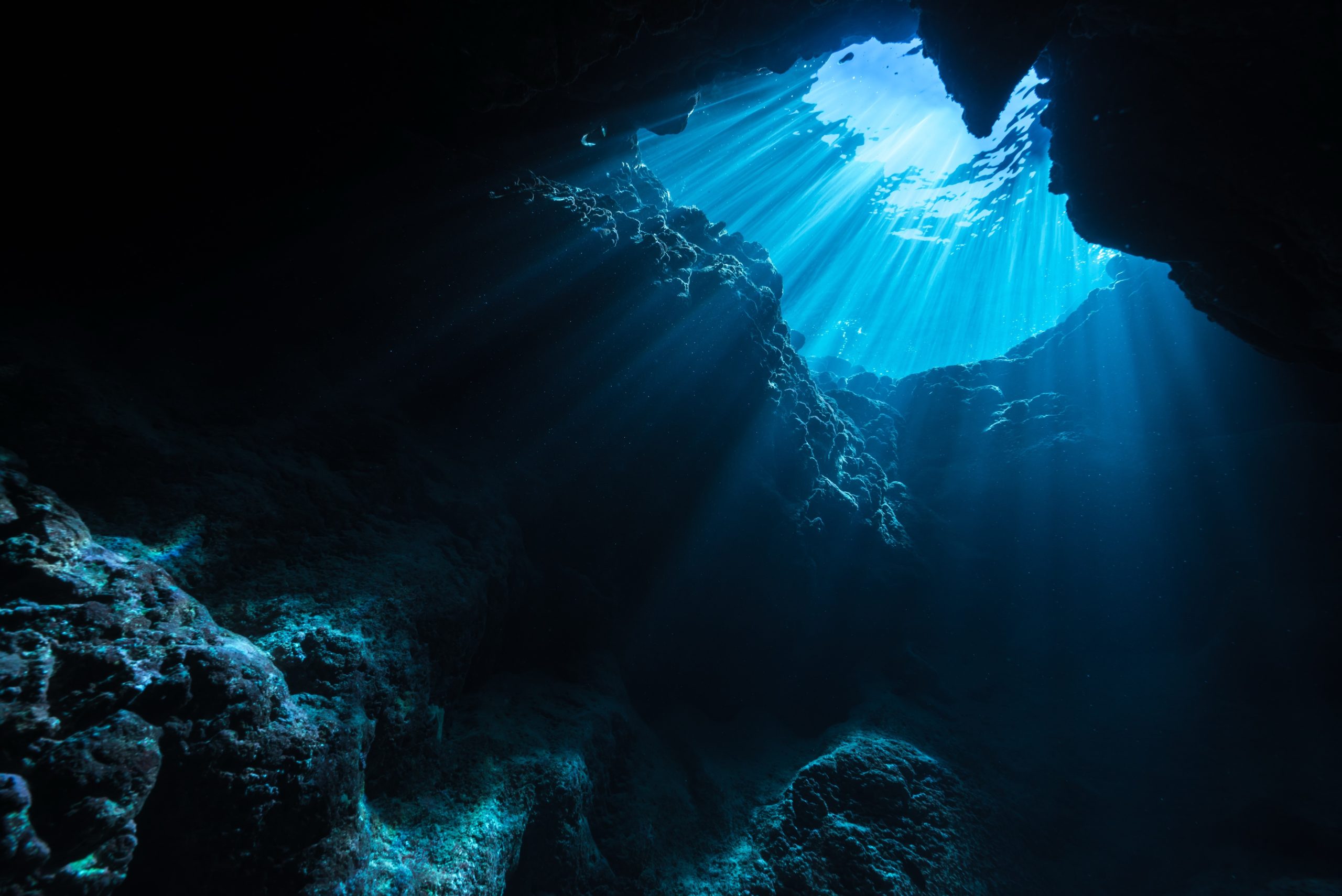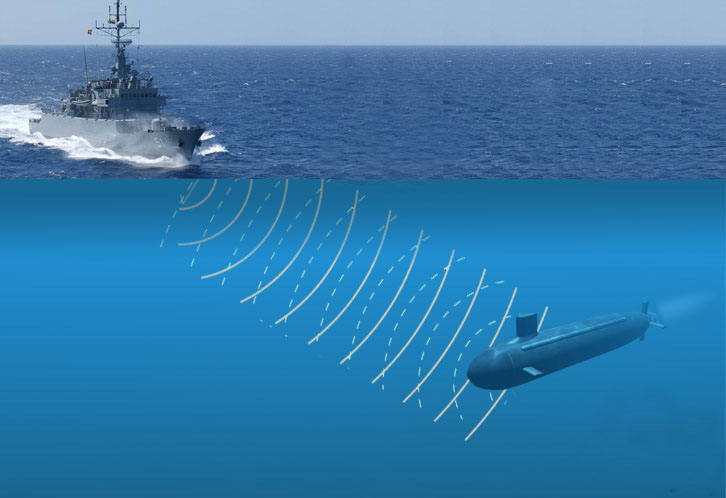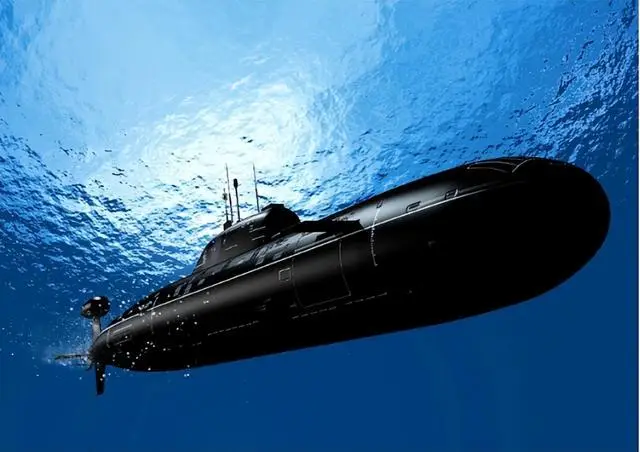Beneath the rolling waves of the Indian Ocean lie secrets that could reshape our understanding of ancient civilizations, waiting silently in the depths for modern explorers to unveil their mysteries.
🌊 The Allure of Submerged Archaeological Treasures
The Indian Ocean has long captivated historians, archaeologists, and adventurers with its promise of undiscovered ancient wonders. Spanning over 70 million square kilometers, this vast body of water connects continents and cultures, serving as a maritime highway for millennia. Yet beneath its surface lies an archaeological landscape that remains largely unexplored, holding potential evidence of lost civilizations, sunken temples, and forgotten cities that could revolutionize our understanding of human history.
Recent advances in underwater exploration technology have opened new frontiers for marine archaeology. Sophisticated sonar mapping, remotely operated vehicles (ROVs), and artificial intelligence-powered analysis systems now enable researchers to scan and study underwater sites with unprecedented precision. These technological breakthroughs have transformed what was once an impossible dream into a realistic scientific endeavor, bringing us closer than ever to uncovering the Indian Ocean’s submerged treasures.
Ancient Maritime Powers and Their Vanished Legacy
The civilizations that once flourished along the Indian Ocean coastlines were sophisticated maritime powers. From the Indus Valley Civilization to the great trading empires of Southeast Asia, these societies built magnificent structures that reflected their architectural prowess, religious devotion, and economic prosperity. Many of these coastal settlements now rest beneath the waves, victims of rising sea levels, tsunamis, earthquakes, or gradual coastal erosion over thousands of years.
Historical records and ancient texts provide tantalizing clues about these lost structures. Sanskrit literature mentions magnificent coastal temples dedicated to various deities, while Chinese and Arab travelers documented prosperous port cities with elaborate religious complexes. The challenge lies in correlating these textual references with actual underwater archaeological sites, a task requiring interdisciplinary collaboration between historians, linguists, and marine archaeologists.
🏛️ Mahabalipuram: A Gateway to Understanding Submerged Temples
The coastal town of Mahabalipuram in Tamil Nadu, India, offers compelling evidence of submerged temple complexes. Local legends spoke for centuries of “Seven Pagodas,” magnificent structures that once stood along the shore. For generations, these stories were dismissed as mere folklore until the devastating 2004 tsunami temporarily receded waters, revealing previously hidden stone structures and carvings.
Subsequent underwater surveys confirmed the existence of significant archaeological remains offshore. Divers discovered granite blocks, walls, steps, and sculptures lying between 5 to 7 meters below the surface. These findings validate ancient Tamil literature that describes Mahabalipuram as a major Pallava dynasty port city with numerous temples, most of which were claimed by the sea over centuries.
The submerged structures at Mahabalipuram date back to the 7th and 8th centuries CE, though some evidence suggests even older constructions might exist deeper underwater. The visible Shore Temple, which still stands on the beach today, may represent just one survivor of a much larger temple complex that once lined the coast, offering a glimpse into the grandeur that now rests beneath the waves.
The Enigmatic Dwarka: India’s Atlantis
Perhaps no submerged site captures the imagination quite like the legendary city of Dwarka, associated with Lord Krishna in Hindu mythology. Located off the coast of Gujarat in northwestern India, underwater explorations in the Gulf of Khambhat have revealed structural remains that some researchers believe could be remnants of the ancient city described in the Mahabharata epic.
Marine archaeological surveys conducted since the 1980s have identified stone structures, walls, a grid-like city layout, and various artifacts at depths ranging from 10 to 40 meters. Carbon dating of some recovered materials has yielded dates spanning from approximately 7500 BCE to more recent periods, though these findings remain subject to scientific debate and ongoing research.
The Dwarka excavations present both exciting possibilities and cautionary lessons about underwater archaeology. While some researchers see evidence of a sophisticated ancient urban center, others urge careful interpretation, noting that natural geological formations can sometimes resemble human-made structures. This controversy highlights the importance of rigorous scientific methodology in marine archaeology, where enthusiasm must be balanced with critical analysis.
🔍 Technological Innovations Transforming Underwater Discovery
Modern underwater archaeology relies on an impressive array of technological tools that would have seemed like science fiction just decades ago. These innovations have dramatically expanded our ability to locate, document, and study submerged archaeological sites without disturbing fragile underwater environments.
- Multibeam Sonar Systems: Create detailed three-dimensional maps of the ocean floor, revealing anomalies that might indicate human-made structures
- Side-scan Sonar: Provides high-resolution images of seafloor features, helping archaeologists identify potential excavation sites
- Remotely Operated Vehicles (ROVs): Enable researchers to explore depths too dangerous or difficult for human divers while capturing high-quality video and photographic documentation
- Autonomous Underwater Vehicles (AUVs): Conduct long-duration surveys with minimal human intervention, covering vast areas efficiently
- Photogrammetry and 3D Modeling: Allow researchers to create accurate digital reconstructions of underwater sites for analysis and preservation
- Environmental DNA Analysis: Helps establish timelines and understand ancient ecosystems surrounding archaeological sites
Sri Lanka’s Submerged Heritage
Sri Lanka, the teardrop-shaped island nation in the Indian Ocean, possesses a rich maritime history spanning thousands of years. Ancient chronicles like the Mahavamsa describe elaborate coastal monasteries, stupas, and trading ports that flourished during various kingdoms. Many of these structures now lie submerged due to coastal changes and sea-level fluctuations.
Underwater surveys along Sri Lanka’s coast have revealed promising archaeological sites, particularly around ancient port cities like Gokanna (modern Trincomalee) and Mantai. These locations served as crucial nodes in the ancient maritime trade networks connecting the Mediterranean, Arabia, India, and Southeast Asia. Artifacts recovered from these waters include pottery, coins, and structural remains that illuminate the island’s role in global commerce centuries before European colonization.
The potential for discovering submerged Buddhist temples and monasteries remains particularly intriguing. Sri Lanka’s Buddhist heritage is extraordinarily rich, and historical records indicate that many religious structures were built near the coast. Climate change and geological events over two millennia have altered the coastline significantly, suggesting that important religious sites might await discovery beneath the waves.
🗺️ The Maldives: Clues to Pre-Islamic Civilizations
The Maldives archipelago, consisting of nearly 1,200 coral islands, presents unique archaeological challenges and opportunities. Before the arrival of Islam in the 12th century CE, the islands were home to Buddhist and possibly Hindu populations who left behind limited but fascinating archaeological evidence. Given the low elevation of these islands and rising sea levels, substantial portions of ancient settlements likely lie underwater.
Archaeological investigations on land have uncovered Buddhist stupas, Hindu temples, and artifacts indicating sophisticated pre-Islamic societies. The submerged extensions of these sites could provide crucial information about migration patterns, religious practices, and daily life in ancient Indian Ocean communities. However, the fragile coral environment requires extremely careful exploration techniques to prevent ecological damage while pursuing archaeological knowledge.
Challenges Facing Underwater Archaeological Exploration
Despite technological advances, underwater archaeology in the Indian Ocean faces numerous obstacles. The region’s vastness makes systematic surveying logistically difficult and financially demanding. Political boundaries and maritime jurisdictions complicate international collaborative projects, while limited funding restricts the scope and duration of research expeditions.
Environmental conditions present additional challenges. Strong currents, poor visibility, marine growth covering artifacts, and dangerous depths make exploration physically demanding and sometimes hazardous. The corrosive nature of saltwater accelerates deterioration of materials, meaning that sites are constantly degrading, creating urgency for documentation and preservation efforts.
Furthermore, distinguishing between natural geological formations and human-made structures underwater requires expertise and careful analysis. The excitement of potential discovery must be tempered with scientific rigor to avoid misinterpretations that could mislead scholarly understanding or generate public misconceptions.
🌍 Climate Change and the Race Against Time
Rising sea levels and increasing ocean acidification pose existential threats to underwater archaeological sites. While these locations are already submerged, changing ocean chemistry and physical conditions can accelerate deterioration of stone, metal, and organic materials. This creates urgency for documenting and studying sites before they deteriorate beyond recognition or scientific value.
Paradoxically, climate change might also reveal new sites as coastal erosion, changing currents, and storm events expose previously buried structures. This dual nature of climate impacts underscores the need for increased investment in marine archaeology and heritage preservation before irreplaceable historical evidence is lost forever.
Conservation Ethics and Cultural Heritage Management
Underwater archaeological sites represent more than scientific curiosities; they are cultural heritage belonging to descendant communities and humanity collectively. Ethical considerations must guide exploration, excavation, and preservation efforts. This includes respecting religious sentiments associated with temple sites, ensuring local communities participate in and benefit from research, and preventing looting or commercial exploitation of artifacts.
International frameworks like the UNESCO Convention on the Protection of the Underwater Cultural Heritage provide guidelines for responsible marine archaeology. However, enforcement remains challenging, particularly in international waters or regions with limited resources for heritage protection. Developing sustainable models that balance scientific research, cultural preservation, and public engagement represents an ongoing challenge for the field.
🔮 Future Prospects: What Awaits Discovery
The coming decades promise exciting developments in Indian Ocean underwater archaeology. Artificial intelligence and machine learning algorithms will increasingly assist in analyzing vast amounts of sonar data, identifying promising sites more efficiently than human researchers alone. Improved underwater robotics will enable longer, deeper explorations with greater precision and less environmental impact.
Collaboration between nations, institutions, and disciplines will likely intensify as researchers recognize that these submerged treasures transcend modern political boundaries and require collective effort to study and preserve. Citizen science initiatives and crowdsourced data analysis may democratize archaeological research, allowing broader public participation in uncovering ancient wonders.
The potential discoveries awaiting in the Indian Ocean depths could include intact temple complexes with preserved wall paintings and inscriptions, ancient libraries with preserved palm-leaf manuscripts in sealed containers, trading vessels with cargo revealing long-distance commercial networks, and settlement patterns that challenge current historical narratives about human migration and cultural exchange.
Connecting Past and Present Through Submerged Heritage
Exploring lost temples and cities beneath the Indian Ocean serves purposes beyond satisfying historical curiosity. These investigations connect contemporary societies with their ancestral past, fostering cultural identity and continuity. For coastal communities whose ancestors built and worshipped in these now-submerged structures, archaeological discoveries validate oral traditions and strengthen cultural heritage.
Additionally, studying how ancient civilizations adapted to environmental changes, including sea-level fluctuations and catastrophic events, provides valuable insights for modern societies facing similar climate challenges. The architectural techniques, settlement patterns, and survival strategies of these ancient peoples offer lessons potentially applicable to contemporary coastal management and climate adaptation planning.
📚 The Interdisciplinary Nature of Marine Archaeological Research
Successfully uncovering and interpreting submerged temples requires collaboration across numerous disciplines. Archaeologists work alongside marine geologists who understand underwater environments and sediment dynamics. Historians and linguists interpret textual sources that might locate or explain discoveries. Oceanographers provide crucial data about currents, tides, and environmental conditions affecting sites.
Conservation scientists develop methods to preserve delicate artifacts recovered from saltwater environments, while digital humanities specialists create virtual reconstructions allowing broader access to discoveries. This interdisciplinary approach enriches research outcomes and ensures that findings are understood within appropriate geological, historical, and cultural contexts.
Inspiring Wonder and Advancing Knowledge
The lost temples of the Indian Ocean depths represent more than archaeological sites awaiting excavation. They symbolize the enduring human desire to build, create, and express devotion in monumental form. They remind us that our contemporary world rests upon foundations laid by countless generations whose achievements often remain hidden or forgotten.
As exploration technology advances and international cooperation strengthens, the coming years will likely bring remarkable discoveries that challenge existing historical narratives and expand our understanding of ancient Indian Ocean civilizations. Each submerged column, carved deity, or temple foundation revealed offers another piece in the complex puzzle of human history, connecting us to ancestors who navigated the same waters, worshipped similar hopes, and left behind tangible evidence of their existence for us to discover and honor.
The journey to uncover these ancient wonders continues, driven by human curiosity, technological innovation, and the fundamental need to understand where we came from. The Indian Ocean guards its secrets well, but patient, respectful, and scientifically rigorous exploration will gradually reveal the magnificent heritage hidden beneath its waves, enriching our collective understanding of human civilization and its remarkable achievements across millennia.
Toni Santos is a visual storyteller and educational ethnographer whose work celebrates the fluid knowledge systems of nomadic cultures. Through art and research, Toni brings attention to how learning has thrived outside traditional institutions—rooted in movement, oral tradition, and deep connection to land and community.
Guided by a passion for ancestral wisdom, adaptive pedagogy, and cultural resilience, Toni explores the tools, rituals, and environments that once shaped the minds of travelers, herders, and migrating communities. Whether illustrating storytelling circles beneath open skies, wearable mnemonic devices, or maps woven into textiles, Toni’s work honors learning as a lived, sensory, and communal experience.
With a background in visual anthropology and intercultural design, Toni reconstructs the educational models of mobile societies through images and narratives that restore their dignity and relevance in today’s world.
As the creative mind behind Vizovex, Toni shares a rich tapestry of visual essays, artifact-inspired art, and curated stories that reveal the genius of teaching and learning on the move.
His work is a tribute to:
The wisdom of learning through journey, rhythm, and story
The spatial and environmental intelligence of nomadic cultures
The power of intergenerational knowledge passed outside walls
Whether you’re an educator, researcher, or lifelong learner, Toni invites you to step into a world where education is not confined, but carried—one step, one song, one shared insight at a time.





